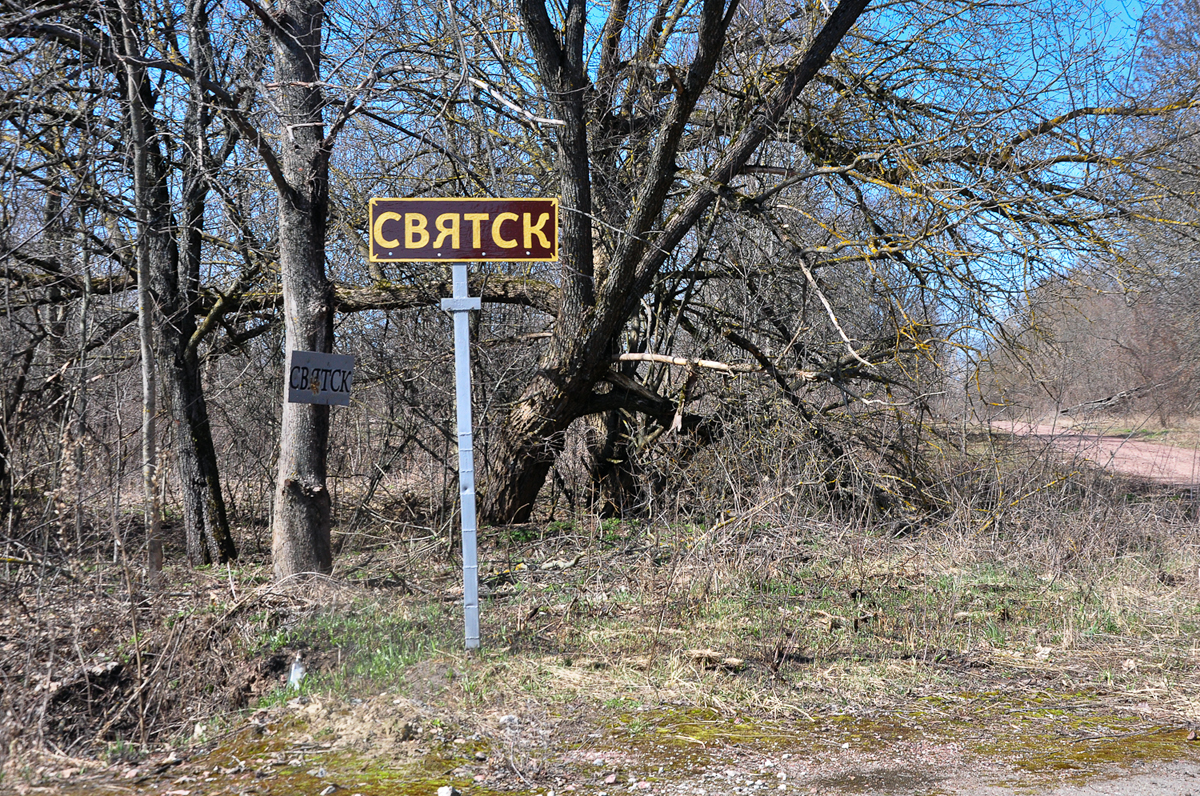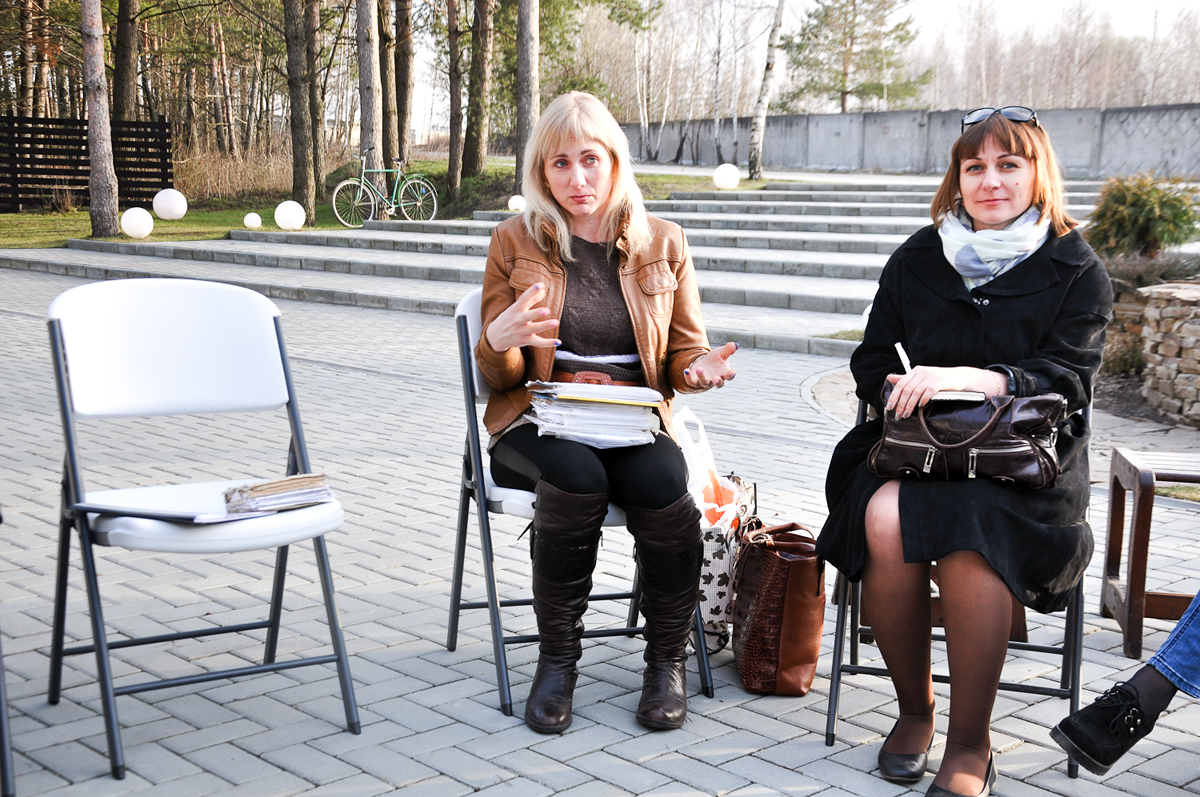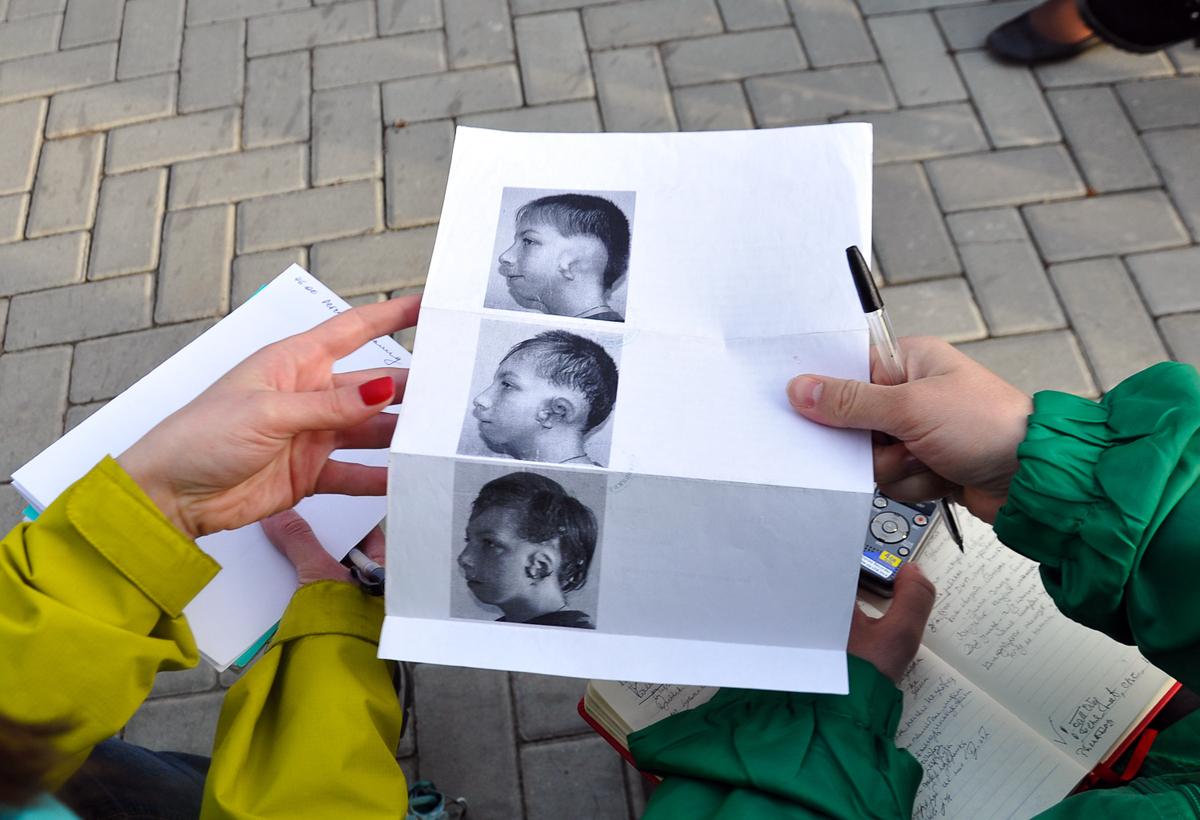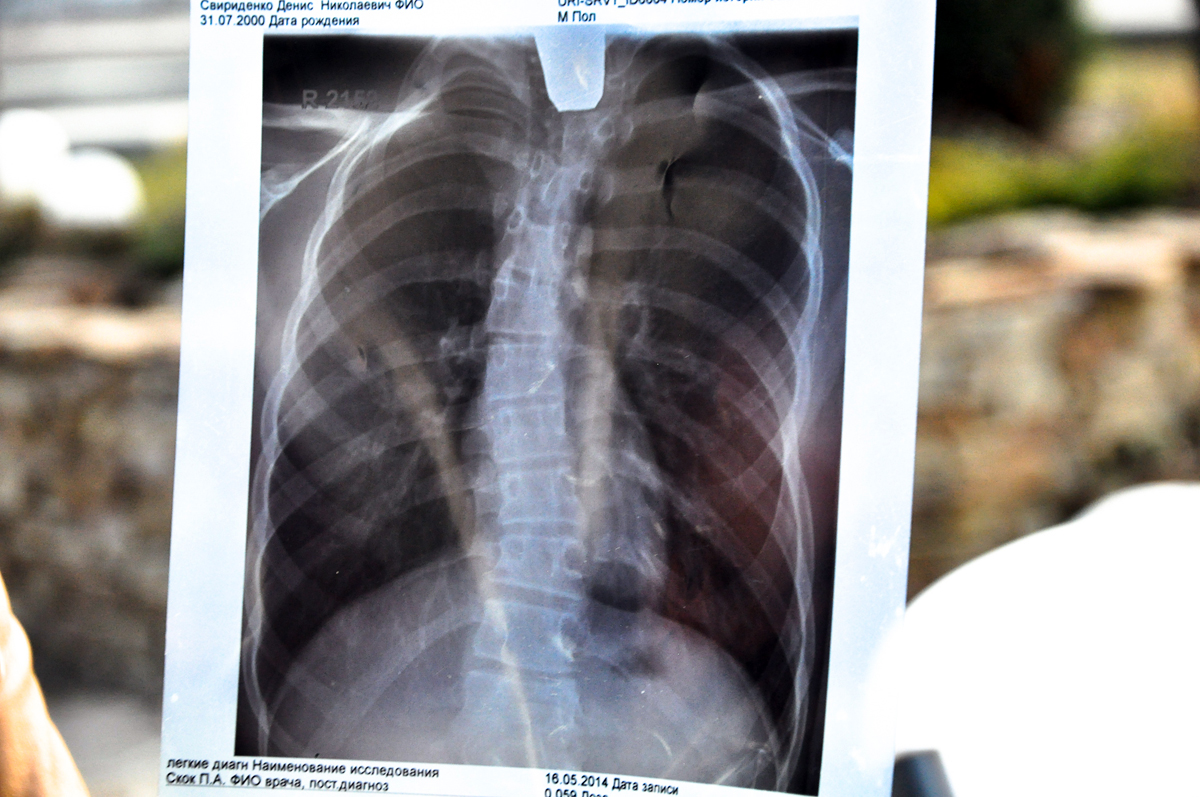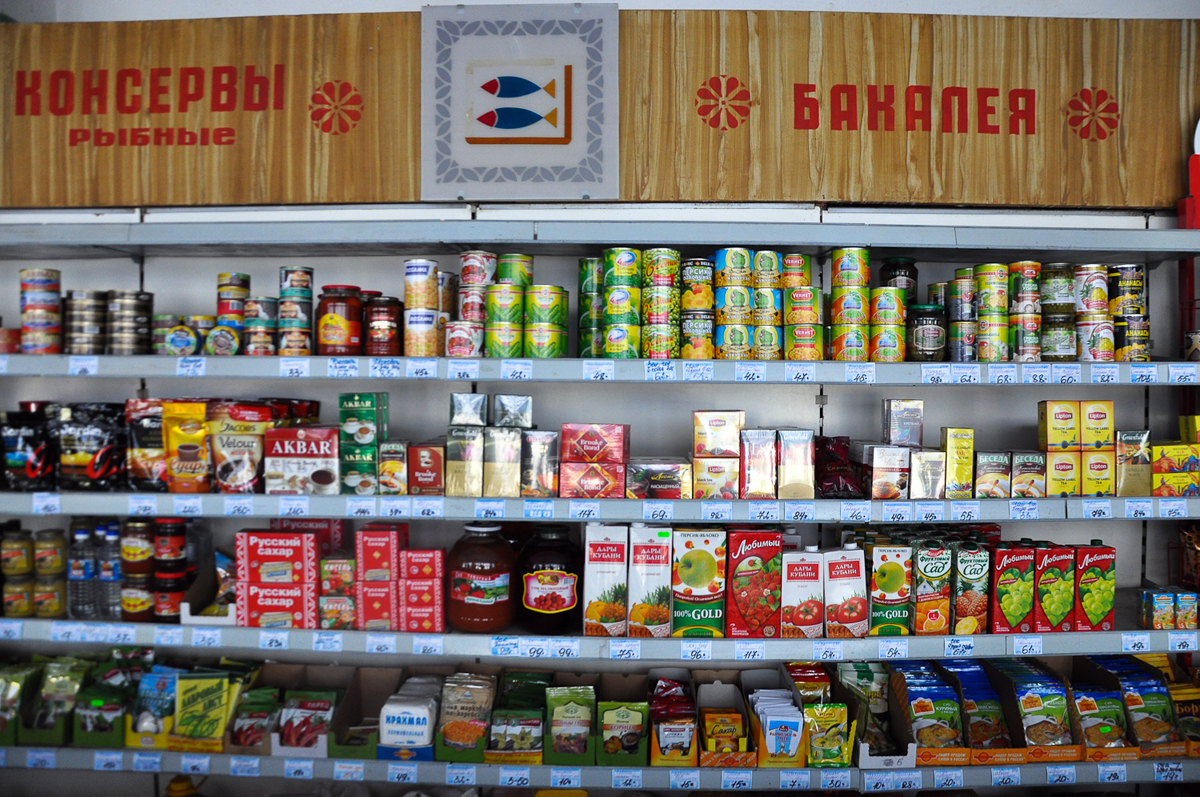Chernobyl effect: Survivors struggle in Russia's most radioactive area
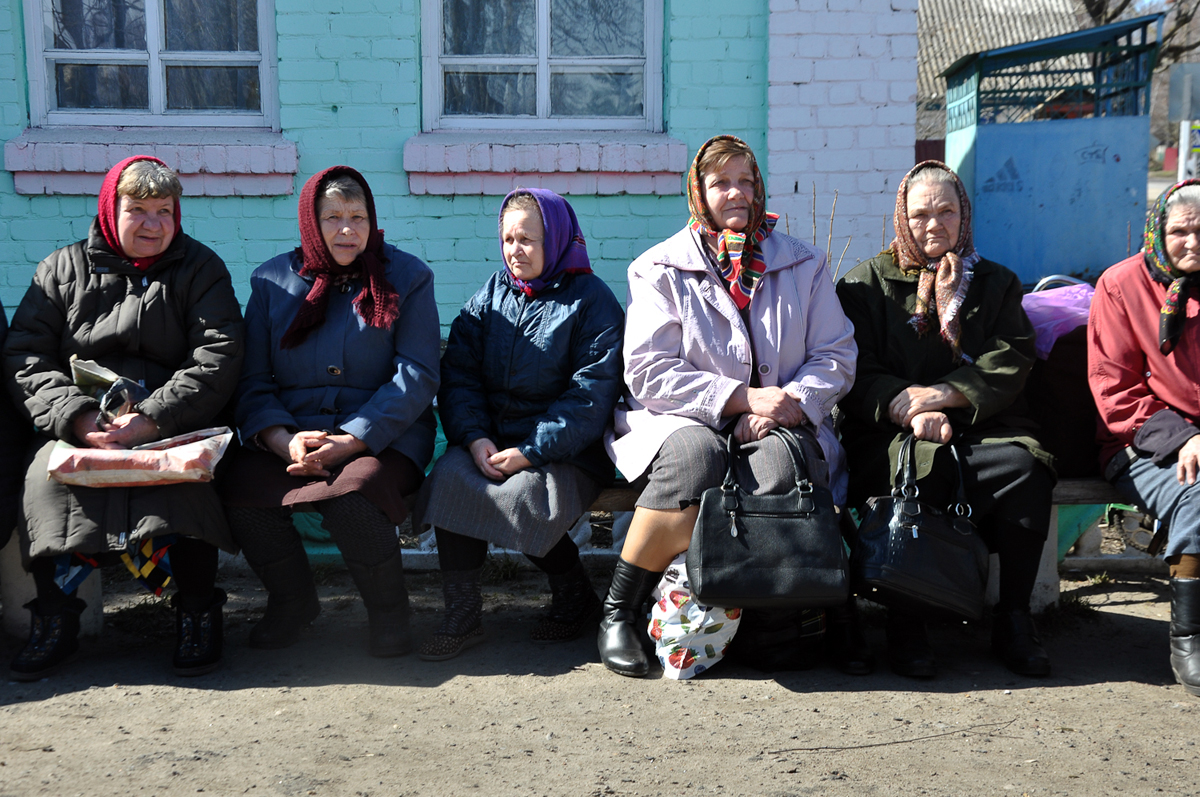
Chernobyl.
Gleb Fedorov Local residents did not want to relocate after the Chernobyl disaster, despite a government offer of assistance. Source: Gleb Fedorov
Local residents did not want to relocate after the Chernobyl disaster, despite a government offer of assistance. Source: Gleb Fedorov
If you ever happen to pass through Novozybkov, a town that is almost on Russia’s border with Ukraine and Belarus, you are likely to see normal hinterland. Like many places in Russia there are bad roads, half-deserted villages, overgrown fields and old, Soviet-made buses.
No signs suggest that the town has been in an evacuation zone for the last three decades. Nothing warns visitors that the southwestern part of the Bryansk Region is the Russian area that is most affected by the 1986 Chernobyl accident. The Chernobyl nuclear power plant is around 200 kilometers away from Novozybkov.
Iodine drops
When Novozybkov was hit by radioactive rain at the end of April 1986, none of its 40,000 residents could imagine what they would have to go through. It was a warm and sunny day, and the city was preparing for the May holidays.
Sergei Sizov, a basic military combat instructor at the local pedagogical college, was the first person to detect radiation.
At that time, he was teaching his students about a device called radiation dosimeters. When on April 28 national television briefly reported about a “small release” of radiation at the Chernobyl nuclear power plant, Sizov decided to check it out himself.
"At eight in the morning on April 29, there was a radiation dose of 11 microsieverts per hour on this corner, and 65 under the drain pipe (a radiation dose of 0.15 microsieverts per hour is seen as normal in Russia),” Sizov said from the exact same spot where he stood 30 years ago.
He tried to raise the alarm in the town, but the local authorities decided to wait for instructions from Moscow. No instructions came for over a week. During this period, Sizov gave iodine drops to his children and students, and forced them to change clothes. By doing so, he saved the children from thyroid cancer.
In the evacuation zone
In the late 1980s, several hundred settlements in the southwestern part of the Bryansk Region were included in the evacuation zone, but the population was not forcibly resettled. However, those who wanted to leave were assisted in their efforts by the authorities.
There were a few reasons behind a lackadaisical approach from the authorities and the public when it came to resettlement.
Firstly, before Chernobyl, the Soviet Union had neither the experience, nor a monitoring system, nor the proper methodology for assessing radiation damage in large areas. Hence this work dragged on for years. No one understood the real magnitude of the disaster.
Secondly, since the disaster and mitigation activities date back to the last years of the Soviet Union and the 1990s, the government simply had no money to decontaminate the areas and resettle people. The local legend has it that Boris Yeltsin himself came to Novozybkov in the 1990s and decided not to resettle inhabitants of the town, but decided that removing the contaminated soil would be enough. The soil was removed only from the town and not the surrounding areas.
The third point is no less important. The bulk of the people did not want to resettle. Most remained, even if they knew the danger. Some left, but many returned. Accurate statistics are not available.
Viktor Strelyukov, 40, comes – just as his parents and ancestors– from the Old Believer village of Svyatsk, 30 kilometers away from Novozybkov. Instead of a blossoming village with two churches and hundreds of homes as it was 30 years ago, there is now a young forest. Residents left. What is left of their homes is in the woods.
The radiation dose is at an average of 0.6 microsieverts per hour. Such landscapes are usually shown in apocalyptic movies.
The liveliest place in the area is an old cemetery on the outskirts of the village, where burials are still conducted, mostly of old people. There is also a chapel that Strelyukov built on the site of the burnt church. Svyatsk residents moved to different parts of the Soviet Union, but Strelyukov was only away for a brief period. His family left immediately after the accident but returned to neighboring Novozybkov after some time. His parents were buried in the cemetery, and Strelyukov is being treated for cancer.
Anomalies
In 1986, Galina Sviridenko was a 16-year old schoolgirl. Her son Denis, who is now 16, was born without ears. The boy’s spine and bones are curved, and is mentally retarded. He underwent eight surgeries. It took three years for Sviridenko to prove the connection between radiation and her son’s health problems.
Apart from Denis, seven children with Down syndrome were born in Novozybkov in 2000. According to statistics cited by Lyudmila Komogortseva, a former deputy governor of the Bryansk Region and now a well-known environmentalist, the proportion of children suffering from chronic diseases, increased from eight to 80 percent after the Chernobyl disaster, while the region's per capita cancer incidences are more than two and a half times the national average.
The greatest danger to the population comes from small doses of radiation, which enter the body mainly through local food products, says Viktor Khanayev, a surgeon from the Novozybkov district hospital. Over the years, the cumulative radiation can lead to cancer and affect not only the person but also his or her progeny.
Miracles do happen. A "man-reactor" was recently brought to the Novozybkov hospital. His home is on the ground that emits 500 microsieverts per hour. Over the three decades since the accident, his body has accumulated more than 25 million becquerels. This is several times more than a lethal dose, but he is still not going to die.
However, such cases are rare. Over the past two months, eight cases of thyroid cancer were revealed in Novozybkov. "For our town, this is a lot," Khanaev says. "Until 1986, cancer was rare."
Radiation is everywhere
The local people are so accustomed to the radiation that they prefer not to talk about it too much, even though radionuclides have poisoned everything that grows or is produced in these areas – soil, water, wood, wild animals, mushrooms and berries. However, the forest and vegetable gardens are the main sources of livelihood due to low salaries.
“We've been eating local products for 30 years and never had a problem,” say many locals. However there still is a problem. An employee of a local radiation control laboratory says even food grown in cleaner soil emits as much radiation as it did in 1986. Dried mushrooms that were picked from the forests in the autumn of 2015 and brought for examination showed a radiation level of 100,000 becquerels per kilogram (2,500 is considered normal).
Despite this, the number of settlements in the Bryansk Region to be resettled was reduced in 2016 from 226 to 26. A list of places that were officially declared safe for living includes Novozybkov. Once the list was published, compensation payments to the residents of the town were halved to 1,000 rubles a month on average.
The residents filed a lawsuit, but lost because they did not have enough evidence. The defendant, the Emergencies Ministry cited the soil measurement data conducted by the Typhoon Research Center in Obninsk since 1986. Komogortseva says the measurements were not taken regularly and were carried out using a different set of techniques. Bryansk’s former deputy governor adds that the ministry did not share the data methodology with the locals and environmentalists.
Benefits and economics
It is easy to the blame the government and local authorities, which could really invest more in the rehabilitation of the residents of the region. Meanwhile, the paradox lies in the fact that residents, actually, do not want relocation, but insist on the reinstatement of full benefits.
Benefits that range from 2,000 to 6,000 rubles are a significant asset in the region, where there is little work and a salary of 10,000 rubles a month is considered a good amount.
“We don’t care about what the zone is called," says Dr Khanayev. “We need real compensation.” He adds, “One can live here, by observing radiation safety regulations. What is required is the cleaning of forests, clean food delivery and special fertilizers. The state should help in this, but it does not."
Oksana Inashevskaya, chairwoman of the Novozybkov Mothers' Council, says people are ready to cope with difficulties, but do not see any economic prospects. “The economic development of these areas ended with Chernobyl,” she says.
All rights reserved by Rossiyskaya Gazeta.
Subscribe
to our newsletter!
Get the week's best stories straight to your inbox




